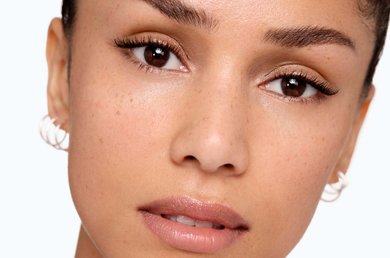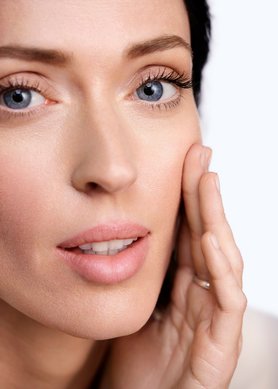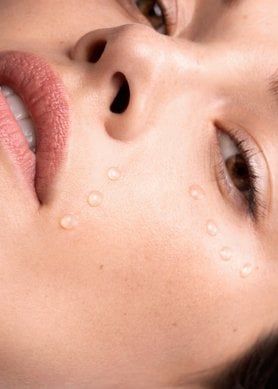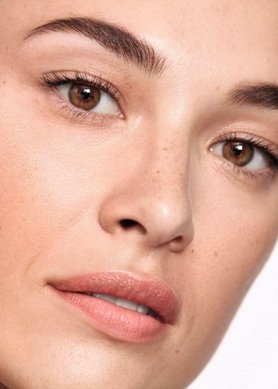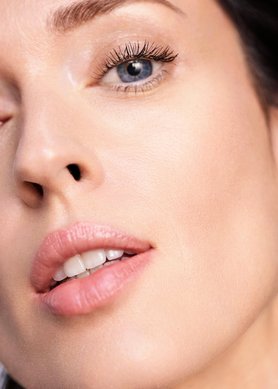Hit the spot – understanding hyperpigmentation
Like other aging signs, you don’t think about dark spots, until they’re all you think about. What appeared as a cute little brown freckle may have expanded into something really making its mark – in size and in impact on your self-consciousness. To set about removing them, first, we need to understand what dark spots are and why they tend to first appear on your face as you age. And also, most importantly, to check they’re not dangerous. For that consult your dermatologist.
Behind every dark spot is the process of hyperpigmentation. Where one pigment – melanin, responsible for producing color in the skin, goes into hyperactive overdrive. This increased quantity of melanin may be caused by skin damage, primarily from the sun, inflammation, acne or other aggressions responsible for inflammation release as stress or fatigue. Being pregnant also causes greater production, resulting in the pregnancy mask (melasma). With age the number of dark spots increases. And simple genetics can play their role. So dark spots can be due to at least six different, or any combination of, factors. Luckily, the appearance of a dark spot doesn’t mean it’s here to stay.
How to remove dark spots.
Besides aesthetic power-zapping treatments, dermatologist-tested daily skincare steps can help to gently halt the spread of dark spots. The right brightening ingredients, together with exfoliants to physical slough off skin cells, make light work of progressively fading out dark spots. Try natural peels based on fruit acids (AHA) or glycolic acid, that despite the ‘acid’ in their name are as gentle as they are effective. Look out for Keratolytic ingredients – those that promote the softening and peeling of the epidermis – as they help increase skin renewal and restore an even skin tone.
